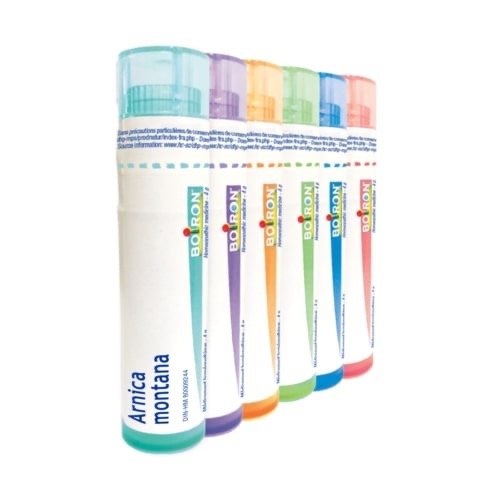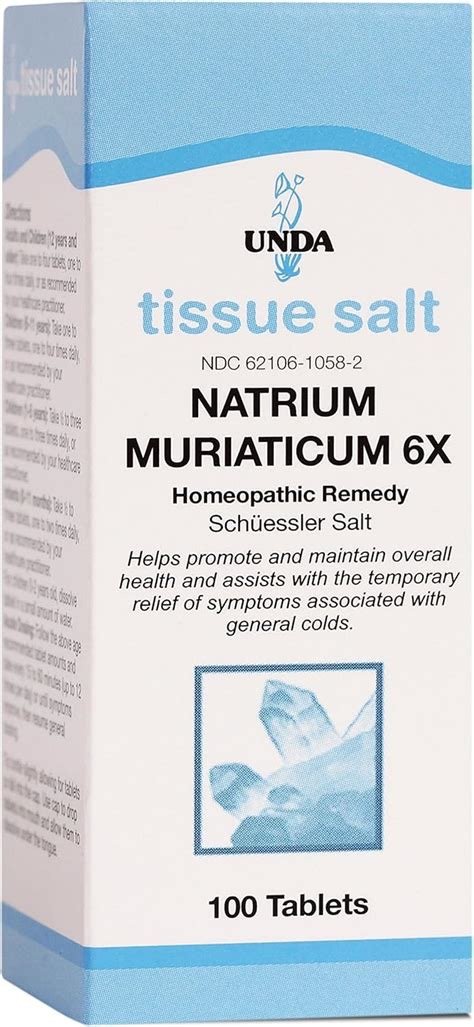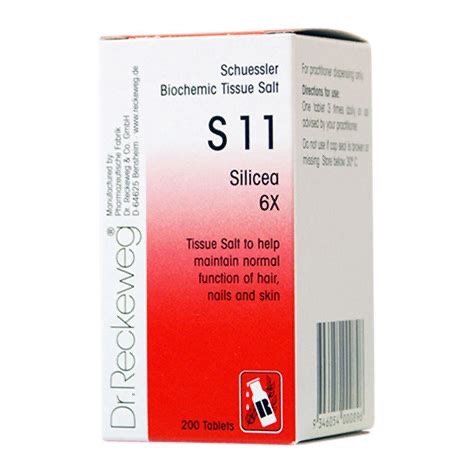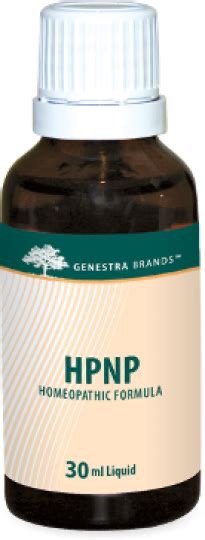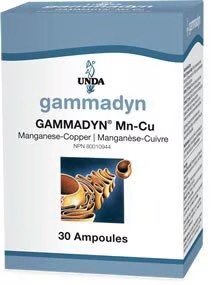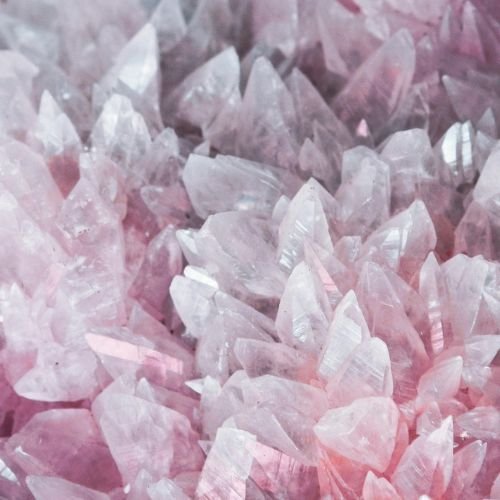
Treatment Therapies
In addition to the therapies you are already familiar with, BioMed practitioners focus on biotherapeutic drainage and energetic treatment therapies, such as those included below.
UNDA Numbered Compounds have been used since the early 1900’s. They are carefully formulated combinations of low-potency homeopathic remedies derived from plants and metals with organotropic properties. This means they have a specific affinity for particular organ systems, such as the nervous, endocrine, or digestive systems.
These compounds are unique in their ability to act intracellularly, supporting metabolic processes to effectively remove and drain both endogenous and exogenous toxins from targeted organs. Remarkably, they address both physical and emotional toxicity at the cellular level, helping the cell restore its normal function and balance.
Unda numbered compounds
The word "gemmotherapy" comes from the Latin word "gemma," meaning "bud" or "seed." Gemmotherapy uses buds, young shoots, and rootlets because they are the embryonic tissues of plants and have a more profound healing action. Young plant tissues have the most energetic, vital, and potent healing properties because they are in the most active state of growth and regeneration. Plant buds are harvested and soaked in a solution of glycerin, water, and alcohol to extract a broad range of active medicinal compounds lost as the bud matures. Gentle maceration preserves the healing properties of the plant material. The Gemmo liquid is diluted and potentized to a Hahnemann 1x (D1) potency.
Typical dosing of gemmotherapy remedies ranges from a few drops to one teaspoon of the tincture taken one to three times a day for one to three months.
Gemmotherapy
Phytoembryotherapy macerates are produced similarly to gemmotherapeutic remedies. Both utilize the buds or young shoots of plants and are made through maceration in a mixture of water, alcohol, and glycerin. However, while gemmotherapies are diluted and potentized, phyto-therapy macerates are the pure, concentrated mother tincture.
Some manufacturers use dynamized water and gentle maceration that preserves the integrity of the bud, allowing it to remain 'alive' during the three-week creation process. This approach helps to enhance their energetic imprint. They are made from a single herb or combinations of multiple herbs to create a potent, energetic complex that heals on a lesional, functional, energetic, and spiritual level.
Phytoembryotherapy macerates are given in drop doses as they are much more concentrated than gemmotherapy.
Phytoembryotherapy
Conventional homeopathic prescribing is not excluded from drainage philosophy. Homeopathy can be prescribed based on Hahnemann's philosophy of “like cures like” or drainage philosophy based on physiology and systems.
Homeopathic remedies
Tissue salts were first developed by the German physician Dr. Wilhelm Heinrich Schüßler in the 19th century, who theorized that mineral imbalances at the cellular level could lead to health problems. Also known as cell salts, tissue salts are a group of twelve mineral preparations in 3X, 6X or 12X dilutions naturally found in the human body. These salts correct mineral imbalances at the cellular level to help balance and regulate cellular function, promote healing, and maintain overall wellness. If a person is deficient in their cells, taking the corresponding tissue salt can help the body absorb and distribute the mineral properly.
Tissue salts
Dr. Louis Joseph Lux, in the 1800s, was the first to utilize organ tissues to treat animals. Organotherapy evolved from his work utilizing dynamized tissue from specific organs or glands to create low-potency homeopathic remedies that stimulate, regulate, or improve the function of the corresponding tissues in patients. Introducing minute amounts of organ-specific substances can restore balance and function. For example, depending on the patient's needs, organotherapy can be tailored to upregulate or downregulate the functions of any organ or gland, such as the liver or thyroid. Organotherapy is a staple remedy in the Brain Protocol, which helps patients reverse the effects of trauma.
Organotherapy
In the 1950s, Dr. Jacques Menetrier, a French physician, used small concentrations of minerals instead of the more common macro doses used in nutritional supplements. Oligotherapy involves the use of essential trace minerals suspended in an ionic solution designed for sublingual administration to affect the enzymatic processes in every cell. Due to the physiological dosage of the minerals, this method allows for rapid absorption and direct delivery to the cells. A single ampule is given once or twice daily for one to several weeks.
Oligotherapy
Originally developed by Dr. Edward Bach in 1938, flower essences are a distinct form of energy medicine, as each flower carries a unique vibration or energetic signature. These essences transmit the healing vibrations of the flowers to shift physical, emotional, mental, and spiritual patterns, release negative emotions, and promote positive emotional states. Currently, hundreds of essences from all over the world are available. Typically, 3 – 5 flower remedies are combined, and a person takes them 3 – 5 times daily.




